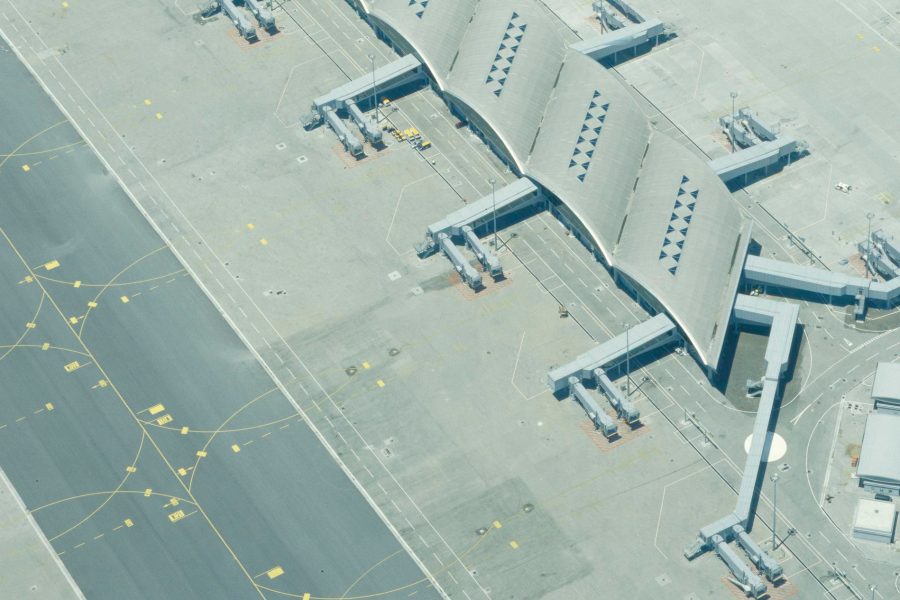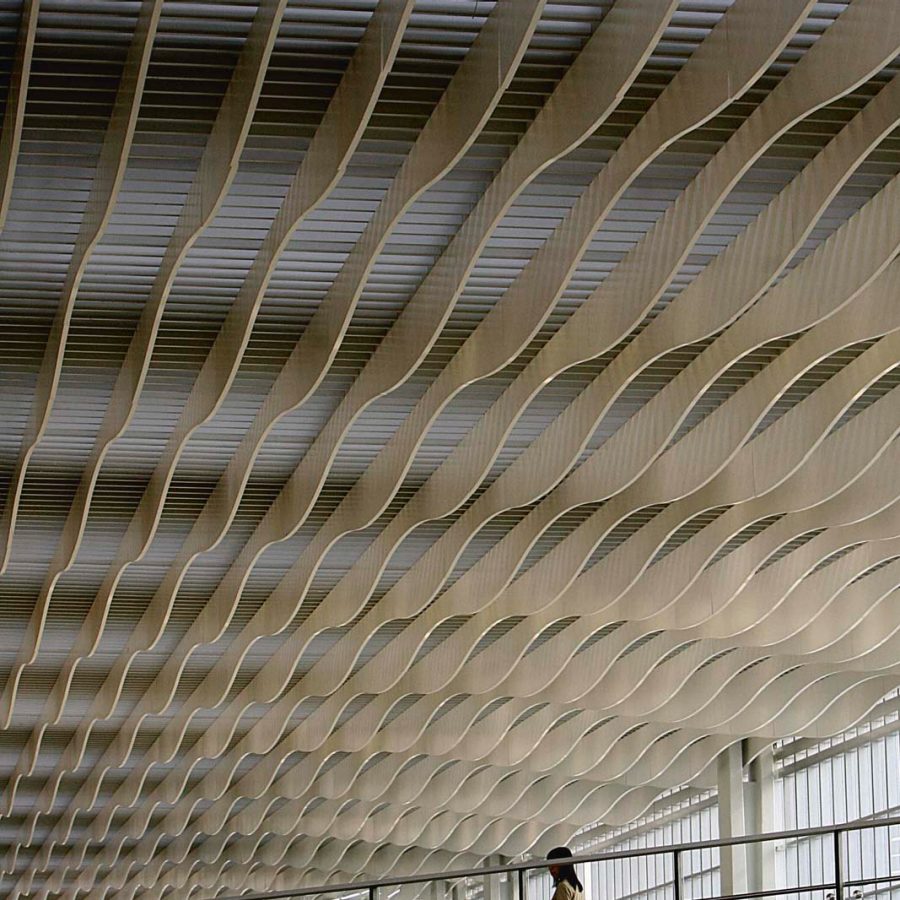The history of Hong Kong International Airport

On 6 July 1998 at around 6.30am, Cathay Pacific flight CX889 became the first commercial passenger flight to touch down at Hong Kong International Airport – on time, but for the fact it was a year late.
The move from the congested Kai Tak Airport had been planned as one of the centrepieces of the return to Chinese sovereignty on 1 July 1997. But as is so often the case with big infrastructure projects, things overran.
In part, this was because HKIA was a very big project. It required three square kilometres of Chek Lap Kok (also the airport’s other name), off Lantau Island, to be levelled from its mountainous peak of 100 metres to just seven above sea level. Another smaller island, Lam Chau, was wholly enveloped by the reclamation of nine square kilometres of seabed. At that point, the airport and reclamation projects for transport links to the city 30 kilometres away grew Hong Kong’s landmass by one per cent.
It was an important statement of intent and Hong Kong’s ongoing ambition to be a hub long into the future. Notwithstanding the rapid growth in demand for air travel across Asia, Hong Kong is within five hours’ flying time of more than half of the world’s population.
The new airport had first been mooted in 1974, when the constraints of Kai Tak as a hub were becoming ever more obvious. As an inner-city airport, development was limited to a single runway, and even then 340,000 Hongkongers were affected by noise as aircraft passed low over built-up Kowloon. It made for great pictures, an exciting landing – but a bad night’s sleep.
The new airport project was finally given the go-ahead by Hong Kong’s then-governor Sir David Wilson in 1989. And while consultants predicted an opening by 1998, the Legislative Council pushed for it to be ready a year earlier for the handover. But given concerns about the ambitious scale and cost of the HK$155 billion project, a delay became inevitable after China and Britain finally signed a memorandum of understanding for the airport’s construction in 1991.
After a dedication ceremony on 2 July 1998, Chinese President Jiang Zemin became the first passenger to fly from the new airport. Eight hours later, Air Force One landed, making US President Bill Clinton the first passenger to arrive.

Credit: Mike Clarke/AFP/Getty Images
The race was then on to start commercial services, which meant transferring all the equipment from Kai Tak and its single runway to the new twin runway facility and the much-lauded vaulted glass roof terminal designed by Foster + Partners.
Just before midnight on 5 July, within minutes of the final departure from Kai Tak (a Cathay Pacific service to London) and the final landing (a Dragonair flight from Chongqing), a convoy of more than 1,100 airport vehicles emptied into the closed roads of Kowloon to be in place for the first flight of the morning, while 14 barges were loaded with mobile equipment and 31 aircraft ferried back-office necessities.
At 6.27 the following morning, CX889, the Cathay service from New York, entered the record books as the first commercial service to land at the new airport.
In the 19 years since it opened, Chek Lap Kok has been a success story for Cathay Pacific and Hong Kong – but already the ground has been broken on a new project to deal with the burgeoning growth in demand for air travel in and around Asia: a third runway. At the end of 1999, its full year of operations, the new airport handled nearly 29 million passengers; in 2016 it handled 70 million, and there are more to come.
Industry body IATA estimates that by 2030 Hong Kong International Airport will need to handle an additional 30 million passengers a year – up to 102 million, plus a doubling of cargo volumes from four million tonnes to eight million tonnes.
As well as the new runway, a new passenger concourse will be serviced by extended desks in the existing Terminal 2 and linked by a travelator and a high-speed baggage system. As with the existing runways, the third will be reclaimed from the sea, adding a further 650 hectares to the overall airport area, protected by more than 13 kilometres of seawall.
It’s another landmark project and one that will seal Hong Kong’s importance as a pre-eminent hub.
More inspiration
Hong Kong travel information
- China – the Chinese Mainland, Hong Kong SAR, Macao SAR and Taiwan Region
- Hong Kong SAR - English
- Chinese Mainland (China) - English
- Taiwan, China - English
- 香港特別行政區 - 繁體中文
- 中国內地 - 简体中文
- 中國台灣 - 繁體中文
- Africa
- South Africa - English
- Americas
- Canada - English
- Canada - Français
- United States - English
- Asia
- Bangladesh - English
- Korea - English
- Singapore - English
- Cambodia - English
- 한국 - 한국어
- Sri Lanka - English
- India - English
- Malaysia - English
- Thailand - English
- Indonesia - English
- Maldives - English
- ประเทศไทย - ภาษาไทย
- Indonesia - Bahasa Indonesia
- Myanmar - English
- Vietnam - English
- Japan - English
- Nepal - English
- Việt Nam - tiếng Việt
- 日本 - 日本語
- Philippines - English
- Australasia
- Australia - English
- New Zealand - English








